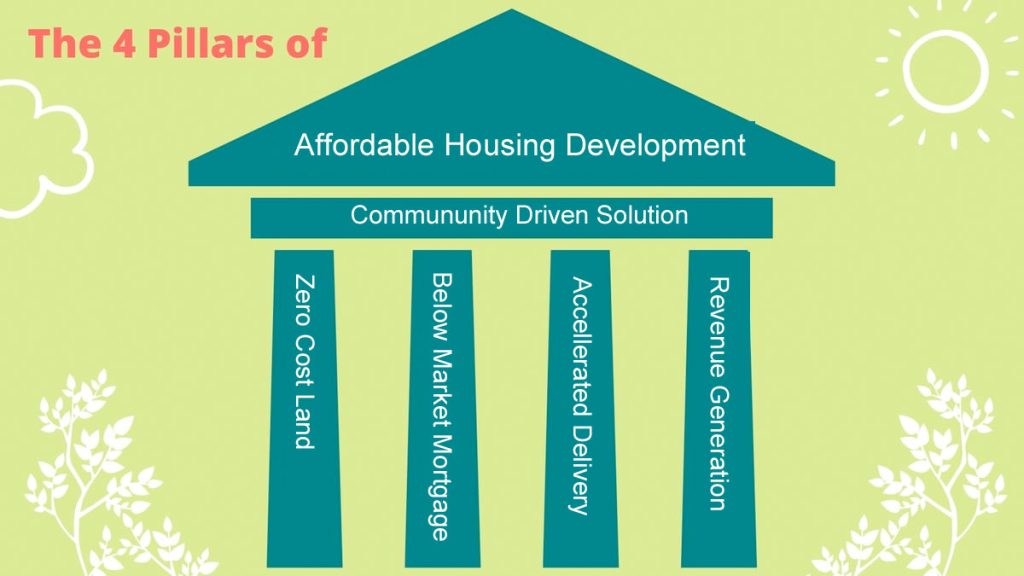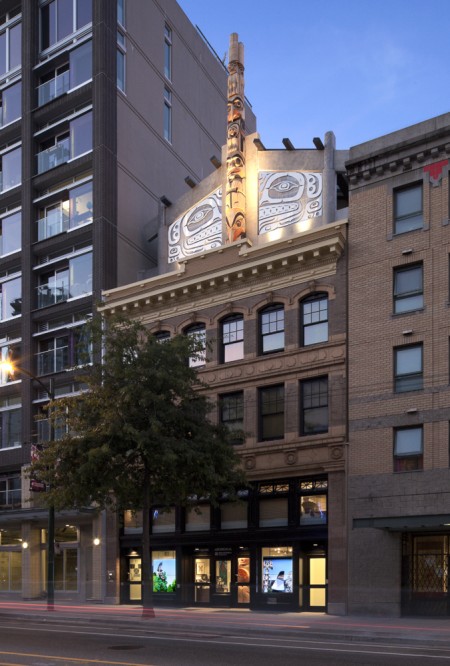We need to move towards Communitization and away from the Financialization of Housing
Joseph MacLean
This article came across my desk from the Globe & Mail: “We simply don’t have enough money to solve Canada’s housing crisis”. I couldn’t disagree more. I believe that we do have enough money, however, our reliance on governments to fund this in perpetuity will not and is not sustainable.
We need community driven, self-funding, market driven solutions. We do not need more debt.
It does appear that the cost estimate to solve the housing crisis is on the wrong side of TWO TRILLION dollars. Conventional thinking would naturally come to the conclusion that it is simply not possible. However, there is another way and we hope a better way to approach the affordability and hosing crisis and it calls for the mobilization of citizens to make housing a priority and offer solutions to a growing problem.
Today Bonds are a means for government and companies to fund projects and infrastructures and investors receive a financial return. Canadians collectively have over $4T in RRSP accounts. Imagine a rotating war chest of a quarter of a trillion dollars made available for affordable housing from the savings accounts of average Canadians.
Neither government nor the private sector has been able to address the affordability problem and loll out a solution where we aggressively build more housing Over the past decade the problem has gone from bad to severe and is now moving beyond critical to untenable. There is a path forward and one that can get us there by 2030. New models are needed: a community driven development model empowering the non-profit housing sector to take up the challenge and deliver affordable housing at scale. There are four ingredients: zero cost land, below market financing, accelerated delivery and long-term sustainable revenue generation.
The affordability crisis is a community problem and requires a community solution. We need to move away from Financialization of housing towards the Communitization of housing – away from speculation and towards community benefit.
Part of the Solution: Redevelop existing non-profit and social housing stock at higher densities. Fund it through below market Affordable Housing Bonds. Increase production capacity through modular and pre-fab manufacturing systems and technologies. Decrease municipal permitting and approval times as well as reduce the DCC and permitting costs. Generate revenue through near market, market rental and CRU deployment for social enterprises.
A community-backed Non-Profit Housing Development Sector can develop mixed use, mixed income buildings that include subsidized housing, rent geared to income (RGI), below and near market rentals, rent to own and affordable home ownership as well as generate ongoing revenue by including social impact rentals (i.e. hotel rooms & suites, student & workplace housing, medical stay units, AirBnB style rentals and short term executive tenancies).
Skwacháys Lodge is an example of how a social enterprise approach can deliver long-term affordability without government subsidy while building community capacity and delivering much needed training, education, skills development and employment opportunities. Importantly, the equity accrues to the non-profit and in some cases the residents.
Together we can begin ‘Building Solutions to the Housing Crisis’.
I had the honour and privilege to be part of the team that developed the Skwacháys Lodge and Gallery and I believe that a four pillars approach will not only solve the housing and affordability crisis but will generate much needed jobs and a significant contribution to Canada’s GDP which in turn will benefit our communities and make Canada a much more livable and happy place to call home.
The critical shortage of affordable rentals and the frightening shortage of hotel rooms in Metro Vancouver can help provide the long-term, sustainable funding solutions required to deliver affordable housing without the need for continued funding.


